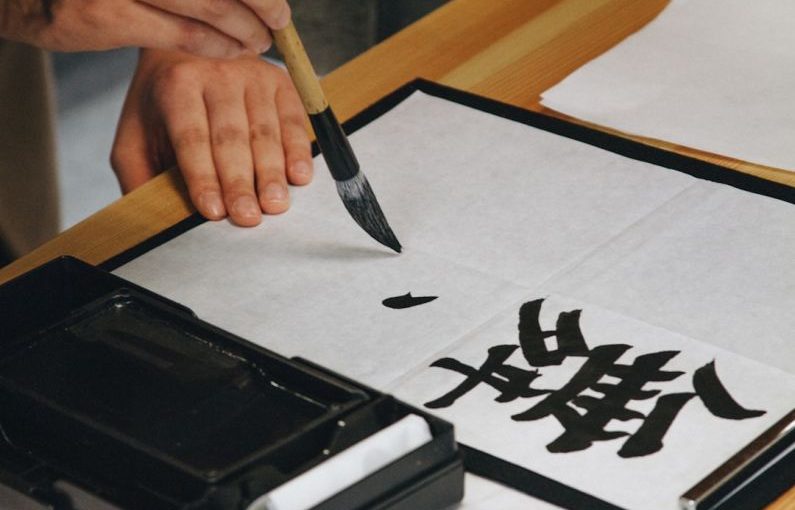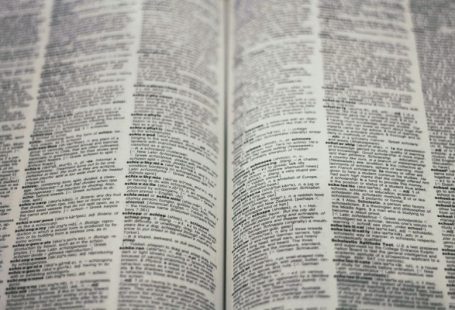Dating back thousands of years, Chinese calligraphy is a treasured art form that has evolved significantly throughout history. From its early origins to its contemporary expressions, the beauty and complexity of Chinese calligraphy continue to captivate audiences worldwide. This article explores the fascinating evolution of Chinese calligraphy, tracing its development through various dynasties and highlighting the key features that define this ancient practice.
The Origins of Chinese Calligraphy
Chinese calligraphy has its roots in ancient China, where it emerged as a form of artistic expression and communication. The earliest examples of Chinese writing can be traced back to the Shang dynasty (c. 1600-1046 BCE), where characters were inscribed on oracle bones for divination purposes. Over time, these early forms of writing evolved into more sophisticated scripts, laying the foundation for the development of Chinese calligraphy.
One of the defining features of Chinese calligraphy is its use of brush and ink, which allow for a wide range of expressive strokes and styles. Calligraphers use a variety of brushes, ink, and paper to create intricate characters that convey meaning and emotion. The art of Chinese calligraphy is not simply about writing words but also about capturing the essence of the subject matter through the rhythm and flow of the brush strokes.
The Evolution of Calligraphy Styles
Chinese calligraphy has undergone numerous stylistic changes over the centuries, reflecting the influences of different dynasties and cultural shifts. One of the most significant developments in Chinese calligraphy was the standardization of script styles during the Qin dynasty (221-206 BCE). The Qin dynasty established the seal script as the official script of the empire, leading to the development of various other script styles such as clerical script, regular script, and cursive script.
Each script style has its own unique characteristics and aesthetic qualities, ranging from the precise and formal strokes of clerical script to the flowing and expressive lines of cursive script. Calligraphers often study and master multiple script styles, using them to create diverse and visually striking compositions. The ability to switch between different script styles is a hallmark of a skilled calligrapher, showcasing their mastery of the art form.
Influence of Calligraphy Masters
Throughout history, Chinese calligraphy has been shaped by the contributions of master calligraphers who have left a lasting impact on the art form. These calligraphy masters, such as Wang Xizhi, Yan Zhenqing, and Su Dongpo, are revered for their innovative techniques and profound artistic vision. Their works continue to inspire and influence contemporary calligraphers, serving as a bridge between the past and the present.
Wang Xizhi, often hailed as the “Sage of Calligraphy,” is considered one of the greatest calligraphers in Chinese history. His masterpiece, the Lantingji Xu (Preface to the Poems Composed at the Orchid Pavilion), is renowned for its exquisite brushwork and lyrical beauty. Wang Xizhi’s influence can be seen in the work of generations of calligraphers who have sought to emulate his mastery of the art form.
The Legacy of Chinese Calligraphy
Chinese calligraphy remains a vibrant and dynamic art form that continues to evolve and adapt to contemporary sensibilities. In today’s digital age, calligraphy has found new avenues of expression through various mediums, including computer-generated fonts and digital brush tools. Despite these modern advancements, the essence of Chinese calligraphy remains rooted in the tradition of handcrafted brushwork and artistic expression.
The legacy of Chinese calligraphy endures as a testament to the rich cultural heritage of China and the enduring beauty of the written word. Through its evolution over thousands of years, Chinese calligraphy has transcended boundaries of time and space, connecting people across generations and cultures. As we look to the future, the art of Chinese calligraphy will undoubtedly continue to inspire and captivate audiences around the world, preserving its timeless beauty for generations to come.
In Conclusion
The Evolution of Chinese Calligraphy showcases the rich history and artistic legacy of this ancient art form. From its origins in ancient China to its contemporary expressions, Chinese calligraphy has captivated audiences with its beauty and complexity. Through the contributions of master calligraphers and the evolution of script styles, Chinese calligraphy has continued to thrive as a cherished cultural tradition. As we look to the future, the legacy of Chinese calligraphy will undoubtedly endure, serving as a testament to the enduring power of artistic expression and cultural heritage.





